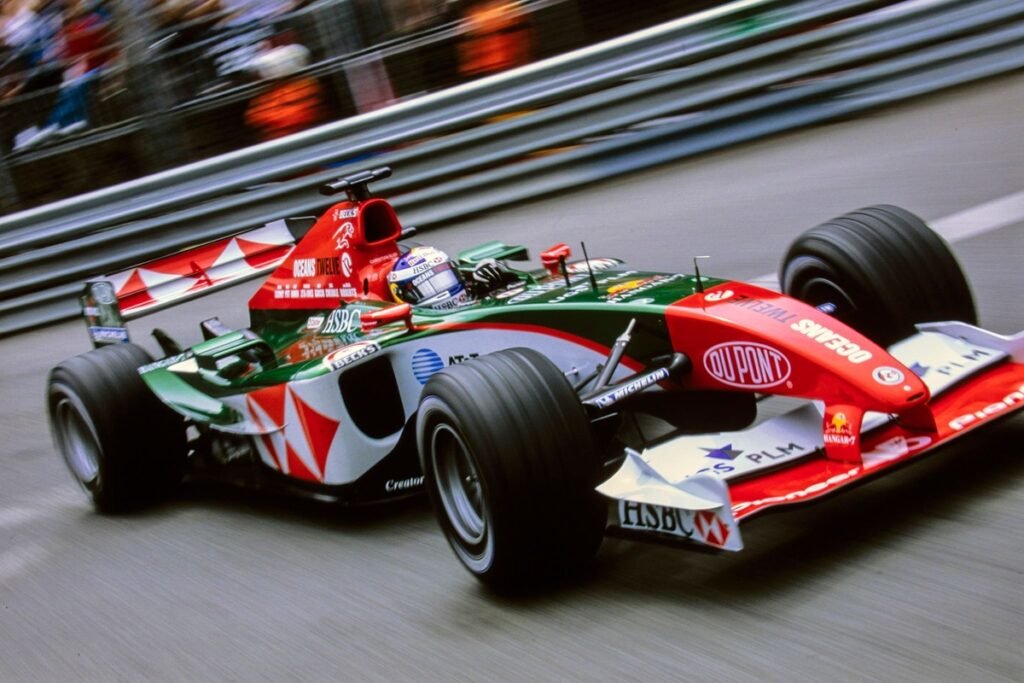The 2004 Monaco Grand Prix: A Diamond Heist with No Culprit
In a stunning twist during the 2004 Monaco Grand Prix, Jaguar Racing’s promotional stunt took an unexpected turn when a $300,000 diamond went missing from the nose cone of one of their cars, creating one of Formula 1’s most intriguing mysteries.
Stunt Details and Context
To promote the upcoming film Ocean’s Twelve, Jaguar partnered with diamond trader Steinmetz to place two insured 1.4-carat diamonds, each valued at approximately $300,000, on the nose of their cars driven by Mark Webber and rookie Christian Klien. The strategy aimed to leverage the film’s heist theme, but immediate consequences were overlooked — notably, the risks involved with placing high-value items on F1 cars navigating the perilous Monaco street circuit.
Klien, participating in only his sixth F1 race, collided with the barrier at Loews hairpin on the opening lap, resulting in a minor front-end impairment. Importantly, the diamond vanished from the car post-incident, leading to speculation about its whereabouts.
Eyewitness Accounts and Theories
Nav Sidhu, a Jaguar spokesman involved in the stunt, later admitted, "At that point, I probably should’ve been worried about the car or the driver. But, I must admit, my immediate thought was for the diamond." This sentiment resonated within the team as they rushed to investigate the diamond’s disappearance.
Three theories emerged in the absence of CCTV footage of the crash. Some speculated that the diamond could have lodged in the crash barrier or been washed away in stormwater. Others suspected that it may have been picked up by a spectator, given that the diamond was reportedly only glued to the car. A third, more controversial theory suggested that a replica was used instead, a claim Sidhu denied.
Aftermath and Legacy
Despite the unanswered questions surrounding the lost diamond, Jaguar achieved their primary goal: significant media exposure. The story captivated international audiences, ensuring that the Jaguar name resonated even as the team left F1 following the 2004 season, later being acquired by Red Bull Racing.
Almost two decades later, the incident remains a perplexing anecdote in F1 lore. Should the diamond resurface, it would serve not only as a piece of jewelry but as a treasured artifact from a peculiar chapter in motorsport history, emblematic of the extremes to which teams will go for publicity.
Conclusion
The 2004 Monaco GP serves as a reminder of the fine line between marketing ambition and risk management in motorsports. As the diamond’s potential fortune reflects on a storied legacy, it underscores the importance of strategic planning in the high-stakes game of Formula 1.


